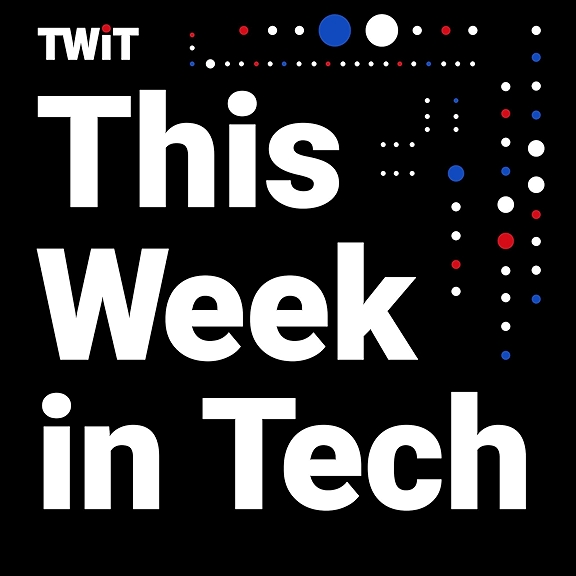
The Trillion-Dollar Mirage
A Closer Look from Token Wisdom, courtesy of your friendly neighborhood, Khayyam ✨
The episode explores the discrepancies between the promises of spatial computing by tech giants like Apple and Meta and the actual capabilities delivered, emphasizing the importance of aligning human spatial intelligence with technological advancements.
Key Points:
- Critique of Overhyped Promises: Companies often fall short in delivering on the grand claims associated with spatial computing, prompting a need for a more realistic evaluation of its potential.
- Human vs. Computer Spatial Intelligence: The text highlights the stark differences between human spatial intelligence, including pattern recognition and contextual understanding, and the processing capabilities of computers.
- Optimal Interface Design: Advocates for the design of interfaces that capitalize on the strengths of both humans and computers to maximize productivity, especially in fields like manufacturing and surgery.
- Balancing Benefits and Risks: Acknowledges the advantages of spatial computing, such as enhanced creativity and collaboration, while also cautioning against risks like surveillance and privacy breaches.
- Call for Responsible Development: Emphasizes the need for active participation in technology development, urging skepticism, transparency, and ethical considerations to ensure positive outcomes.
- Human-Centered Approach: Advocates for augmenting human intelligence rather than attempting to replicate it, stressing the importance of accountability and ensuring technology serves a beneficial purpose.
This edition provides a balanced approach to spatial computing that leverages human capabilities and connections, emphasizing the significance of ethical considerations and transparency in technological advancements.




















